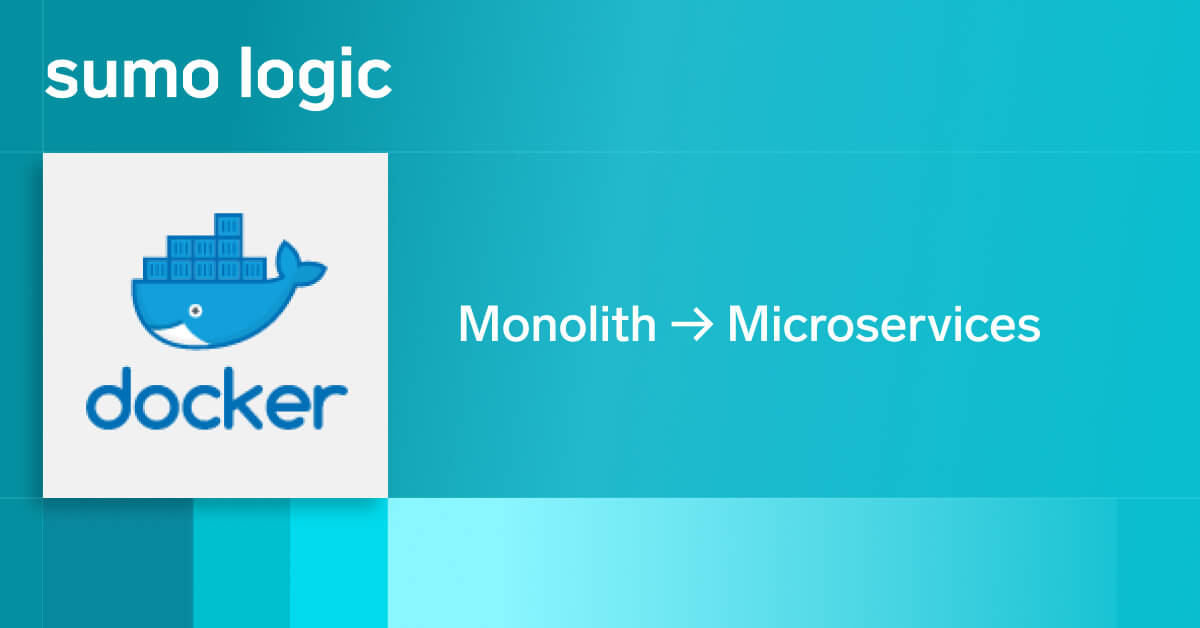In times where machine learning and AI are evolving at a dazzling pace, everyone must take precautionary measures to protect themselves from the imminent risk of cyber attacks. Businesses of all types and sizes are exposed to real cyber danger, and that has prompted the need for hiring managed security service providers for extra protection. However, with cyber attacks becoming all the more sophisticated and rarely leaving visible patterns of behavior, MSSPs can’t rely on traditional methods to properly tackle cyber incidents.
That’s why, when operating a security operations center (SOC), it’s essential for managed security service providers (MSSPs) to be backed with stellar solutions that anticipate cyber incidents and threats in real-time and respond in an intuitive, automated, and efficient manner. And one of the best solutions that fit the description comes in the shape of SOAR.
What are the benefits of using SOAR for MSSPs?
SOAR stands for Security Orchestration, Automation, and Response. This platform was introduced with the sole purpose of perfecting the road to incident detection, prevention, and resolution. And even though SOAR as a market emerged only a couple of years ago, it quickly became a popular security solution among businesses and organizations. In this article, we’ll focus on the core functions and five key benefits that SOAR as a solution offers to MSSPs.
SOAR benefit #1: Comprehensive integration
The “O” in SOAR stands for orchestration, which resembles the close integration of all IT security solutions. To put it in perspective, with SOCs (Security Operations Center), analysts usually have to put all the pieces together since SOCs provide different types of security tools from various vendors. These tools can include firewalls, intrusion detection systems, and threat intelligence analysis. However, with SOAR, all these steps are being integrated, allowing analysts and other organization staff to free up time from repetitive, mundane tasks and tackle more important problems.
For instance, our Sumo Logic Cloud SOAR platform allows clients and partners to integrate with a wide range of third-party security tools or technologies that are not supported by default. Cloud SOAR also provides a customizable integration framework that offers the possibility to add automated security integrations and allows security teams to orchestrate functions between Cloud SOAR and third-party tools.
Furthermore, unlike SIEMs which, in all fairness, do give you a comprehensive view of your network by analyzing security alerts, SOAR goes the extra mile and responds to these threats in a linear sequence by integrating all security protocols. It fuses all the necessary steps, from analyzing potential suspicious activities to responding to them, and finally taking recovery procedures when necessary. And with SIEM, all of this has to be manually tailored, which is often very tiresome and time-consuming.
SOAR benefit #2: Better utilization and allocation of organization staff
One of the main key benefits that come out of using SOAR as a cyber security solution is the optimization of time and staff allocation. Through SOAR, SecOps teams can reduce the resources and human intervention needed to tackle security incidents or suspicious activity. The automation brought by implementing SOAR allows MSSPs, and ultimately SOCs, to liberate a big chunk of time, staff resources, and effort needed to detect potential threats.
By automating the processes from finding to resolving the problems, SOAR minimizes the human intervention needed to guide such processes, which isn’t the case with SIEM. The reason why this is possible is that SOAR technology leverages artificial intelligence to trace down suspicious and potentially harmful behavior. This allows SOAR to provide automatic responses to the threats, thus optimizing the time needed to detect, analyze, and remedy cyber incidents.
For instance, our Cloud SOAR solution allows clients to automate the collection and reporting of metrics through over 140 KPIs (Key Performance Indicators) via customizable dashboards and widgets. This, in return, allows clients to visually analyze threat and incident data at all stakeholder levels.
SOAR benefit #3: Faster detection and resolution of known and unknown threats
Responding to cyber threats in real-time requires a great deal of preparation, and with today’s evolved data threats, combating incidents without the help of AI automation is virtually unthinkable. In that regard, SOAR helps MSSPs respond to these threats quickly and effectively.
Furthermore, AI-enhanced technologies are used to evaluate real-time threats, search for trends, utilize historical data to detect patterns, and isolate confirmed threats or any types of suspicious activities in a rapid-response fashion.
It’s very important to note that cyber attacks are moving at machine speed, and cyber criminals are utilizing agile development and machine learning to strike any weaknesses and evade detection, and leaving traces. And only SOAR offers that kind of instant readiness that allows MSSPs to quickly respond in a preventive manner and learn consistent pattern behaviors.
SOAR Benefit #4: Automation and orchestration of workflow processes
We mentioned several times that SIEM doesn’t quite offer the same level of protection as SOAR. That’s because, in order to be able to tell apart normal from potentially harmful activities, SIEM needs to be regularly tuned and updated. Furthermore, analysts and engineers need to solely analyze every alert to determine whether it’s a false positive (mislabelled threat) or actually a potential cyber threat, which on its own requires a great deal of investigation.
In other words, SIEM is not as autonomous as SOAR at single-handedly tracking down and eliminating cyber threats, and if a threat were to actually appear, the process from investigation to resolution has to be done manually. And since in a lot of cases most of the alerts detected are false positives, that requires a lot of time and effort spent on analyzing those alerts, which in return would only waste human intervention.
To put it in perspective, an analyst usually takes about 13-18 minutes to determine an alert as a false positive or potential threat. Add that to the fact that security analysts investigate around 20-25 incidents per day, and that means that analysts spend too much of their time determining whether or not a threat is legitimate.
SOAR Benefit 5: Unification of security tools
In order to achieve optimal efficiency, SOAR allows a swift integration of both workforce and tools, and that exact integration allows SOAR to handle tasks and processes without the need for human intervention. Machine learning is also applied to automate specific tasks, and that automation is usually applied via playbooks.
Due to its high flexibility, SOAR as a solution offers the possibility of bi-directional integrations with security products. Furthermore, SOAR offers the kind of automated integration which doesn’t require human intervention to handle repetitive tasks and processes. This automation and orchestration are one of the main benefits that come with SOAR, and it saves a lot of valuable time by applying machine learning to repeatable and appropriate tasks. Unlike SIEM, SOAR responds to alerts in a more proactive manner by taking remediation steps when necessary.
The benefits of using SOAR can help MSSPs flourish
In theory, MSSPs don’t even need SIEM or SOAR to function, but the reality is that without a proper security program intact, MSSPs are simply not capable of coping with the ever-present cyber threats, especially when it comes to protecting large organizations which receive a myriad of alerts on a daily basis.
MSSPs usually opt for either SIEM or SOAR, both of which provide different benefits, but by this phase of the article, it should be clear why SOAR is a far more attractive solution:
-
Automation of consistent and repeatable processes
-
Optimized utilization of resources and human intervention
-
AI-enhanced detection and resolution of cyber threats
-
Reduces the time needed to detect and resolve alerts
-
Unifies security tools and workflow operations
Bottom line is, SOAR improves the functionality of SOCs as a whole, and it does so with fewer resources required. It offers AI-oriented security tools that do not waste human interaction on repeatable tasks, and its machine-learning pattern recognition allows engineers and analysts to free up their time and focus on more important operations.
If you want to learn more about why SOAR is a perfect match for MSSPs, delve into our thorough whitepaper on MSSPs and find out all about the idiosyncrasies of SOAR and how it helps MSSPs become more efficient in providing cyber security services.


